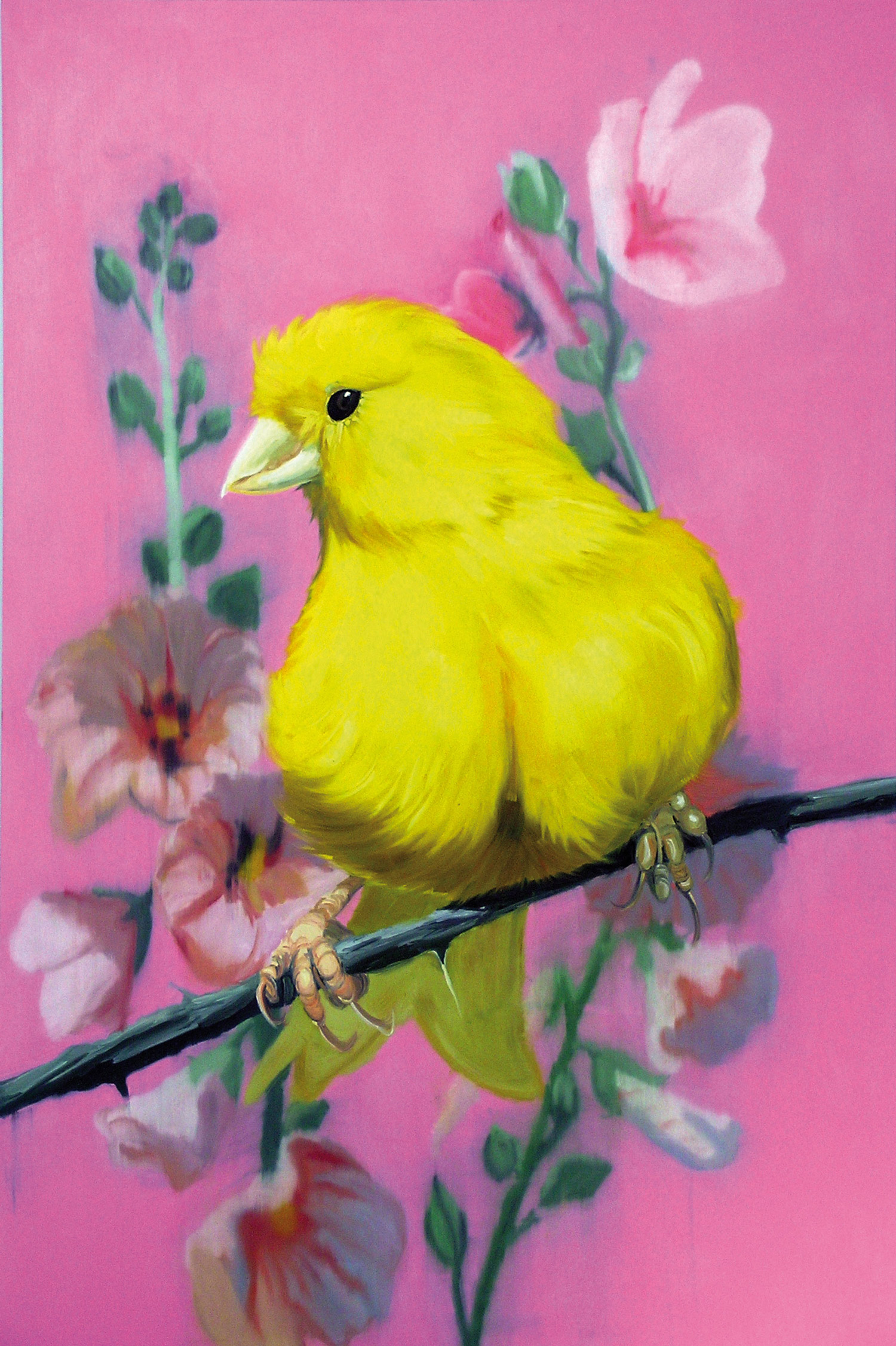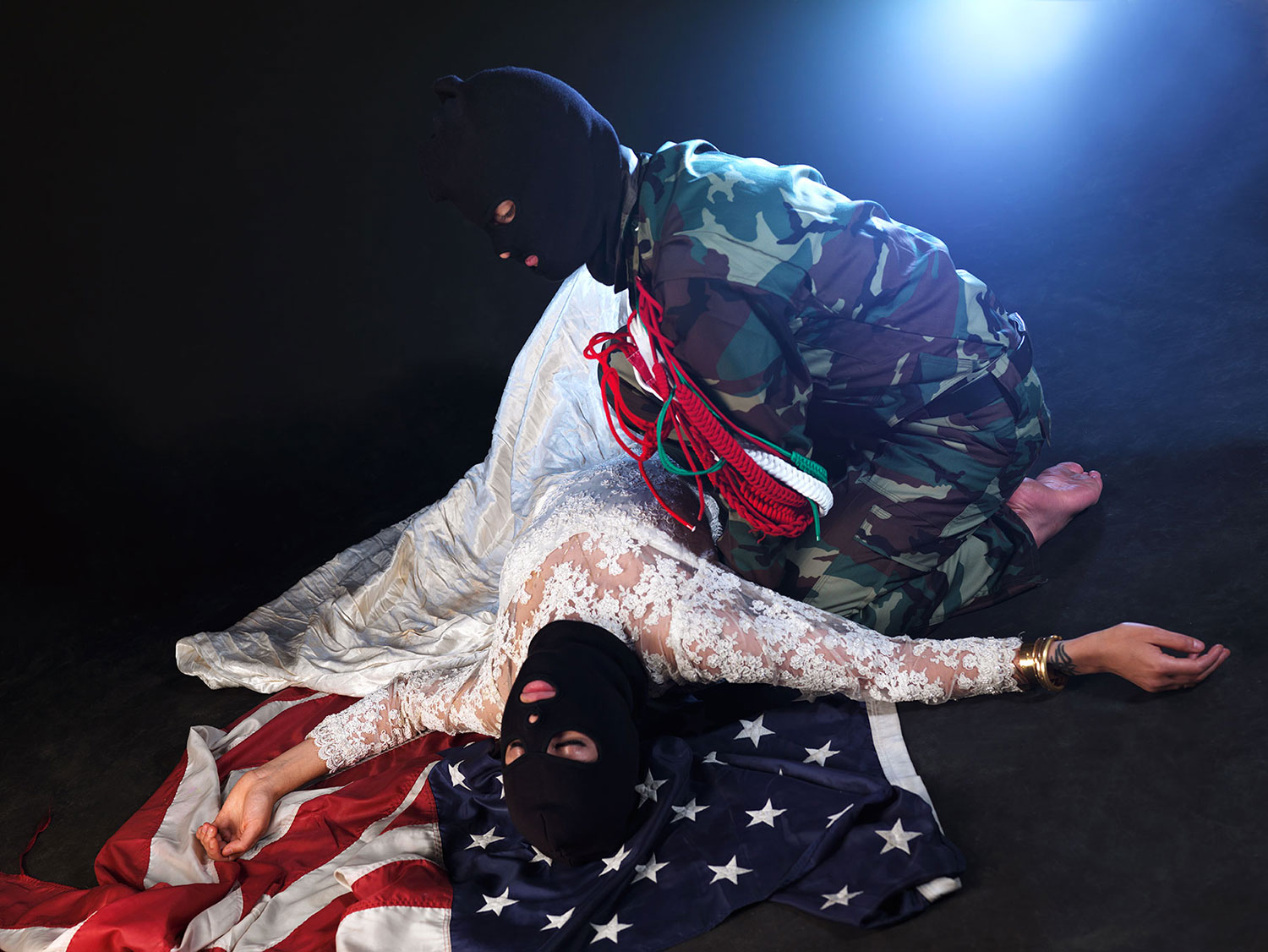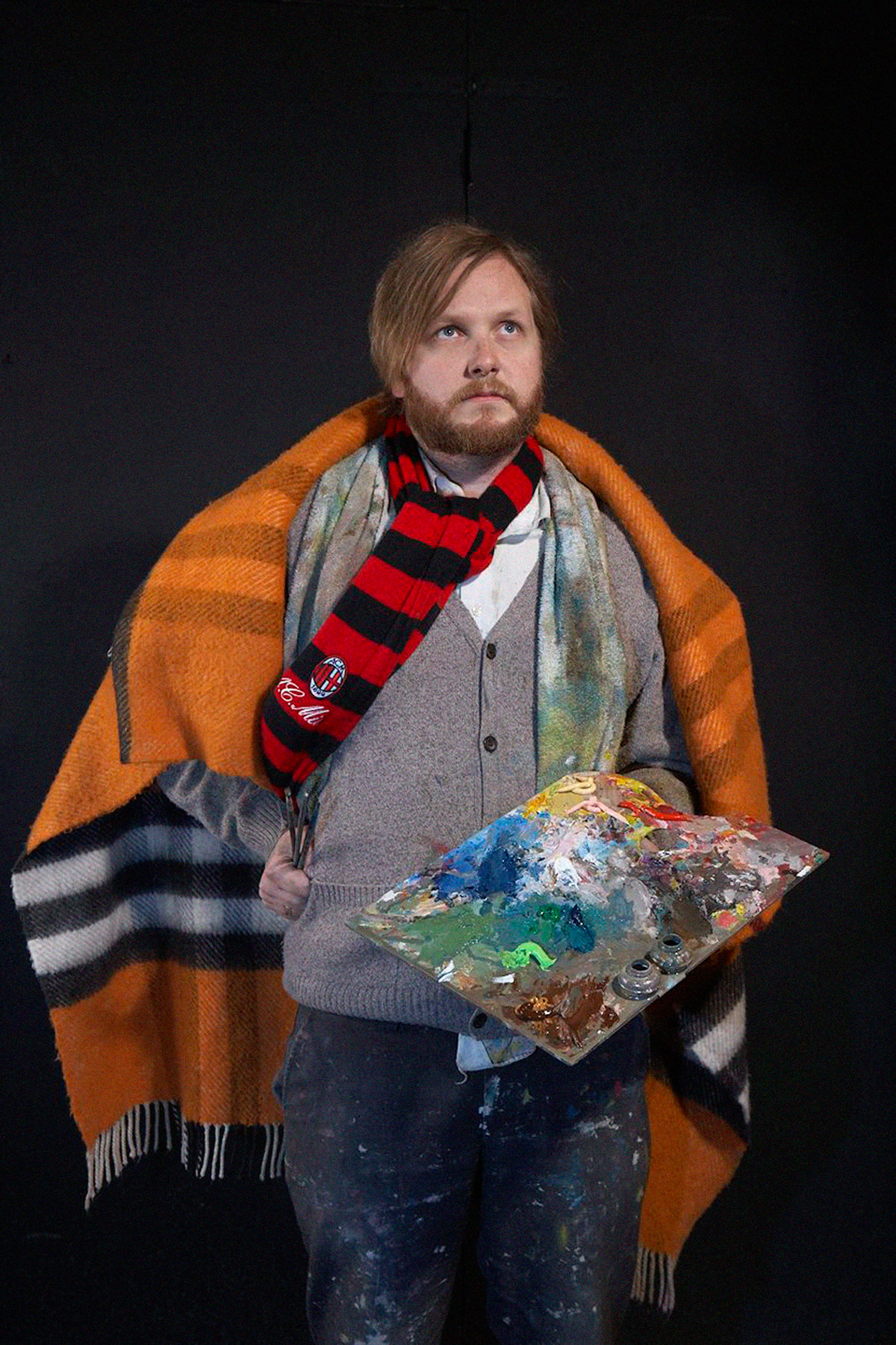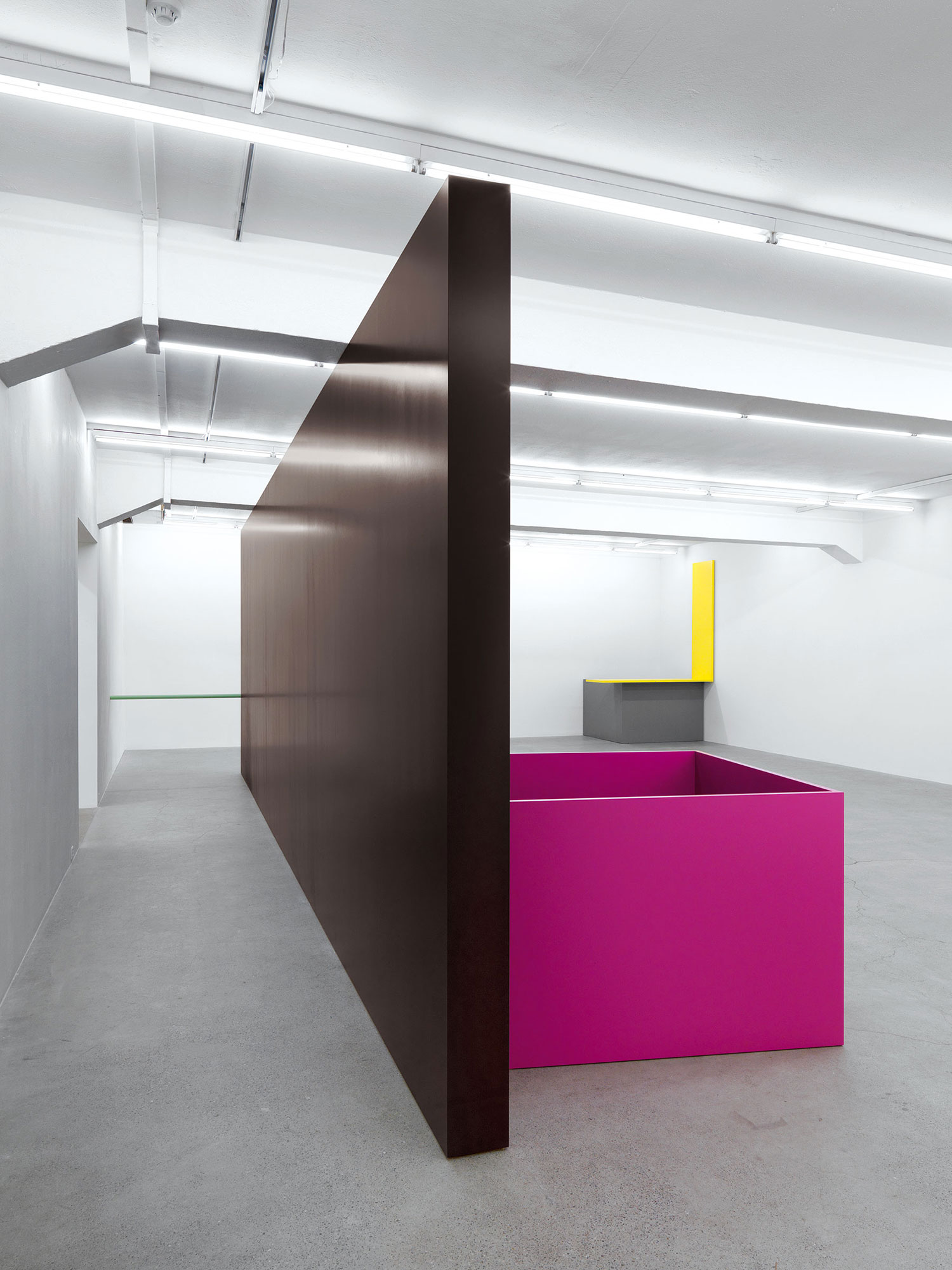
Edith Jerabkova: Where does your blue performance jacket come from?
Oskar Dawicki: The jacket is not mine. A friend of mine brought it from London for me but it doesn’t really fit me. So if I use it, I always have this self-critical bracketing; I’m sort of twisted into it.
EJ: It seems that you are obsessed with the embarrassing, the absurd and the grotesque. Does it, along with the history of Polish art, implicate pathos?
OD: As far as history is concerned, I always assume I’m implicated along with everything else; same with what I’m doing, although I think my personal experience of the absurd is actually more important to the work. But, yeah, Polish history is very generous in this regard…
EJ: Many of your pieces are based upon a very easy concept. Do you want to address old clichéd principles of conceptual art while using it, but at the same time shifting away from it?
OD: Yes, a direct and effective concept is important to me. I’m not really interested in so-called conceptual art as a canon. There is a very particular legacy of this practice that runs through the same period in Poland. People like Zbigniew Warpechowski or Jan Świdziński are far more important to me than Dan Graham or Bruce Nauman.
EJ: You often use kind of neo-dada jokes which lead to a wider sociopolitical metaphor — a snowman with metal buttons with engraved Greek quotations from Marcus Aurelius’ “Mediations,” locked in a freezer, or a fig plant cut into the shape of hemp, etc.
OD: I’m not really interested in the sociopolitical effects of works per se; these come anyway, and in general the idea of controlling meaning is rather boring.

EJ: The main mechanism of your communication happens through a process of self-reflection or reflection via a second person — you shaved your forearms and stuck the hair from the right on the left one and vice versa, implanted miniature auto portraits on posters designed by an agency you worked for, hired a private detective to observe you… Does Oskar Dawicki represent a reverse of Barthes’ The Death of the Author?
OD: I think that it’s very much okay that the ‘author’ is dead, but it’s easy to make an autopsy — what I’m doing is more like vivisection. I’m still somewhat alive, performing it on myself. At least as an artist I can be honest about doing this in the dark, without any light, and it is thus funny and painful. I respect the audience very much but using myself simply allows me to be in charge of what I’m doing.
EJ: Your themes as a solo artist blend together with the themes of the Azorro Group of which you have been a member since 2001. How different is this experience?
OD: Azorro is the best possible idea to explore other ideas. To do so in this kind of group situation, to make work in such a model, it’s safe, in a way, but especially illuminating. It has a particular dynamic; it’s like a candle. At a certain point it simply goes out.





